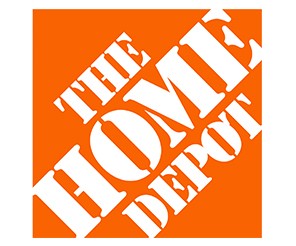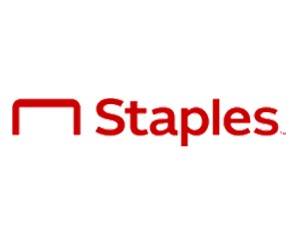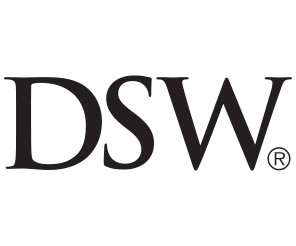US Markets Loading...
h
m
s
Here's how much severance laid-off Tesla workers are getting
Five former workers told Business Insider that Tesla's severance offer included two months' pay.
Ukraine was in trouble already — now it openly admits it's on track to lose
On the front line in east and south Ukraine, the situation is increasingly desperate, with Russia outfiring Ukraine at a rate of three to one
Taking too much of these 4 popular supplements can be dangerous, a toxicologist warns
A toxicologist shared some of the risks of taking too much of popular supplements, including vitamin D and magnesium.
Elon Musk is overemployed — and it’s never been a problem until now
Elon Musk does lots of things and Wall Street has said that's fine. Is that going to continue as Tesla's stock keeps tanking?
Video
New Episodes This Week
I worked on cruises for 3 years. Here are 6 things I'd never do on board.
After years of working on cruise ships, there are mistakes I'd never make, like wearing my key around my neck or buying the unlimited drink package.
American Airlines is preparing for summer travel with new premium onboard amenities — take a look
American Airlines is debuting a new front-row flagship suite, new bedding, and enhanced dining options.
A Harvard Medical School professor with ADHD shares how he retrained his brain for deep work and reached peak productivity
Dr. Jeff Karp grew up with undiagnosed ADHD and shares how he overcame low expectations and retrained his brain to become a Harvard professor.
A millennial who moved to Canada for the quality of life shares why he wants to go back to Texas — and why he regrets not waiting to relocate until later in life
A millennial moved to Canada to "get cultured." Despite the great quality of life, he wants to move back to Texas.





